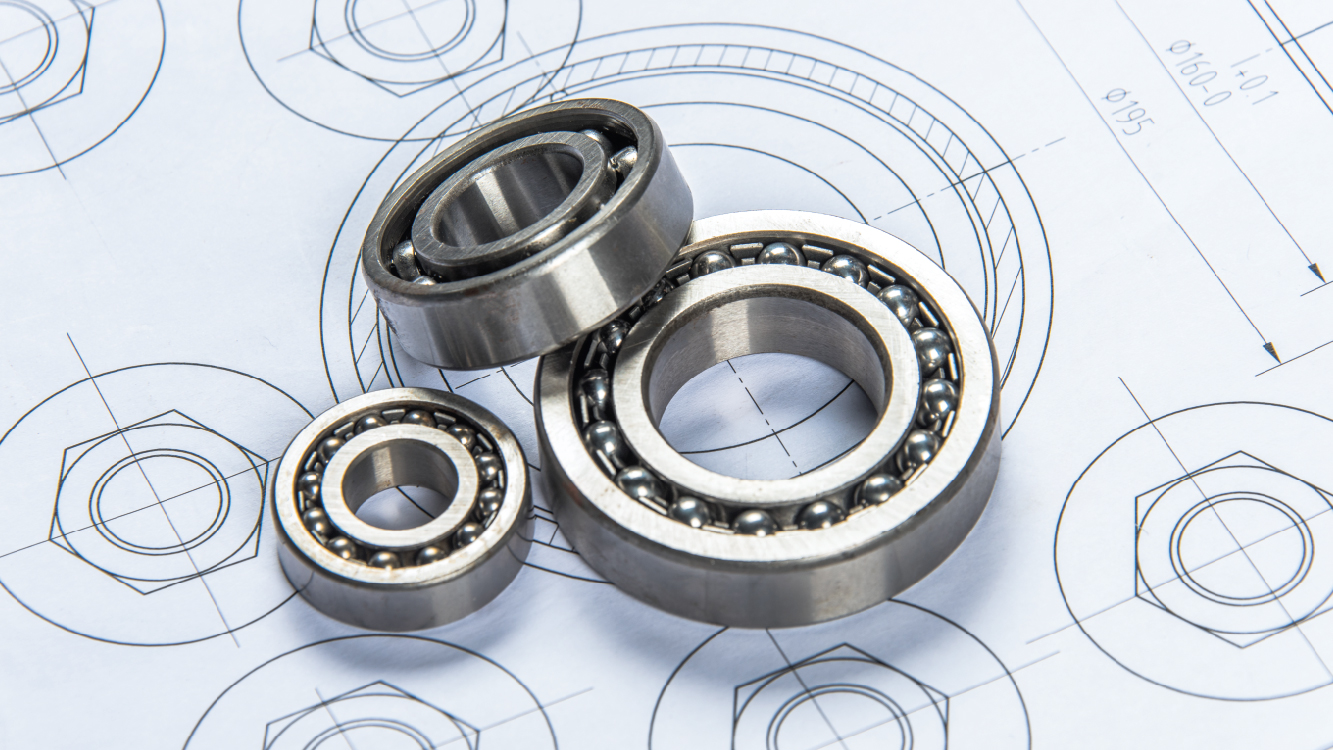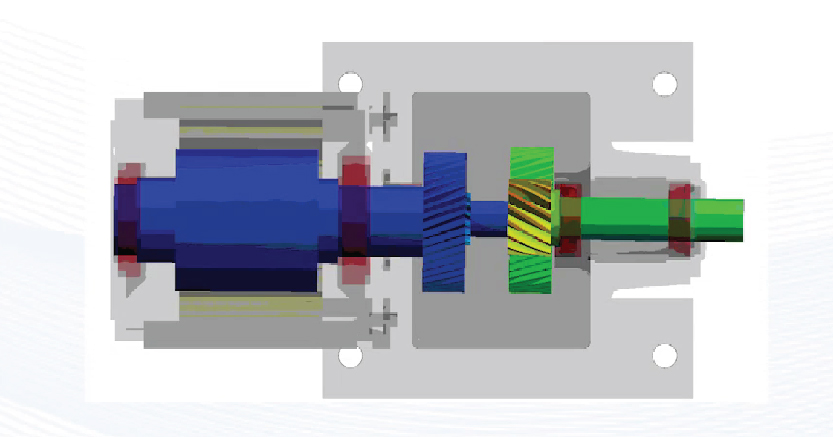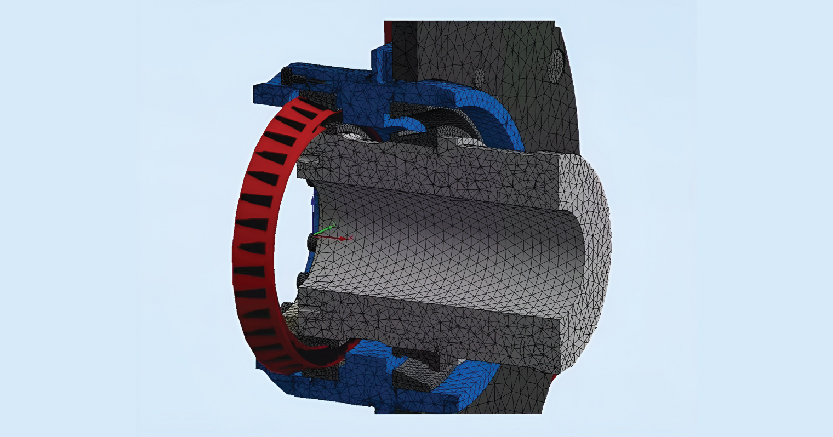
Rolling bearings are used in countless assemblies to support shafts. Often these are purchased parts, which for economic reasons can only be simulated in a very simplified way in the simulation process. With Rolling Bearing inside Ansys you can integrate high-precision bearings into your overall simulation within seconds – without expert knowledge.
Utilize post-processing tools to analyze stress, strain, and displacement across the model, leveraging visualization techniques such as vector plots, streamline plots, and color-coded contour plots to understand the flow of forces. Focus on identifying force distributions and paths through critical components, joints, and supports for a comprehensive evaluation.
Simulating rolling bearings accurately can be challenging, especially without expert knowledge, as bearings involve complex interactions between rolling elements, the inner and outer raceways, lubrication, and load distribution. Here’s a guide to help you set up a basic rolling bearing simulation with common software like ANSYS or similar tools, focusing on simplifying the model to capture essential behaviors.
An open, manufacturer-independent library for storing storage parameters can be a valuable asset in simulations, particularly for systems that use a wide variety of storage components. Such a library serves as a standardized repository of essential parameters (like capacity, power limits, efficiency, and degradation) for storage components, ensuring consistency and ease of integration across different simulation tools.
Simulating different types of rolling bearings, such as deep groove ball bearings, angular contact bearings, four-point bearings, cylindrical roller bearings, tapered roller bearings, and needle roller bearings, requires an understanding of their unique geometries, load-carrying capabilities, and interactions. Each bearing type has specific characteristics that influence its performance under load, rotational speed, and alignment conditions.
In simulations, factors like mounting condition, preload, clearance, and mounting tolerances significantly impact rolling bearing performance. Proper mounting prevents misalignment that can cause uneven load distribution. Preload adjusts contact stiffness, affecting rigidity and bearing lifespan, while clearance influences thermal expansion and load handling. Tight control of mounting tolerances ensures precise load flow, minimizing stress concentrations and optimizing operational reliability in rotating machinery.

